Top Gateway Markets for Office Vacancy
Five of these metros recorded vacancy lower than the national average, according to CommercialEdge.
Office vacancy in the U.S. was 15.6 percent at the end of May, including more than one billion square feet of vacant office space, according to CommercialEdge. This represents a 240-basis-point increase from the previous year in May. Despite pandemic-induced economic uncertainty, long-term leases and commitments from companies in the tech space have kept the office sector afloat, while the first signs of return-to-office plans and hybrid schedules inject further optimism.

A quarter of the vacant space—including direct and sublease space—was located in gateway markets, with Manhattan encompassing the largest share (63 million square feet), followed by Chicago (50 million square feet). Based on CommercialEdge data, the list below maps out the gateway markets, ranked by end-of-May office vacancy rate.
| Rank | Market | Vacancy Rate | Vacant Sq Ft |
| 1 | Manhattan | 10.4% | 72,821,269 |
| 2 | Boston | 11.9% | 29,775,065 |
| 3 | Los Angeles | 13.6% | 40,981,841 |
| 4 | San Francisco | 13.9% | 26,422,351 |
| 5 | Miami | 14.8% | 10,287,232 |
| 6 | Washington, D.C. | 15.8% | 62,047,527 |
| 7 | Chicago | 16.8% | 49,880,790 |
7. Chicago
At a rate of 16.8 percent in May, Chicago had the highest office vacancy of all gateway markets, encompassing some 50 million square feet of vacant space. This represents a 260 basis-point increase over the past 12 months.
While Chicago’s industrial sector powered through the pandemic, the office market struggled amidst gloomy economic conditions. Last February, Chicago-based Groupon listed its entire headquarters building at 600 W. Chicago Ave. for sublease. Finding prospective tenants has also curbed the enthusiasm of developers, prompting Nexstar Media Group and Riverside Investment & Development to cancel their plans for a 1.2 million-square-foot mixed-use megaproject across Goose Island.
6. Washington, D.C.
Office vacancy was 15.8 percent as of May in Washington, D.C., encompassing some 62 million square feet of vacant office space. This represents a 130-basis-point jump over the past 12 months.
The local office sector is expected to remain stable in the foreseeable future. With the public sector as its main economic driver, the market benefits from a significant and steady anchor. As a result, demand coming from the sector and auxiliary employment areas will continue to prop up the local office market. Leases signed by government tenants and initiatives such as Amazon’s HQ2 proposal are signs of recovery
5. Miami
The market had a little over 10 million of vacant office space as of May. This translates into an overall vacancy rate of 14.8 percent, up 310 basis points over the past 12 months. The local office market fared better than most metros, with the commercial development pipeline constantly expanding throughout the pandemic.
Growth from top companies from the tech and finance industries leaving other pricier gateway markets for Florida’s business friendly conditions is fueling office leasing activity in the metro. Goldman Sachs announced the relocation of its global markets division to South Florida. Blackstone signed up to move within and then subsequently bought the recently completed 2 MiamiCentral in downtown Miami.
4. San Francisco
More than 26 million square feet of office space was vacant in San Francisco as of May. The market recorded the sharpest year-over-year spike in office vacancy, reaching 13.9 percent up 690 basis points over the past 12 months.
The metro’s tech-centric blueprint contributed to these numbers, as most companies that are leasing office space shifted to work-from-home protocols. What’s more, many tech giants continued to move or redirect their expansions to business-friendlier climates, while others embraced a more permanent remote work culture, contributing to increasing vacancies. Despite sluggish leasing activity, San Francisco is showing signs of life; The recent record $1.1 billion sale of The Exchange on 16th exemplifies this, while lease renewals from prestigious finance tenants point toward early signs of recovery.
3. Los Angeles
The market’s office vacancy rate stood at 13.6 percent in May, a 190-basis-point increase over the past 12 months. Close to 41 million square feet was vacant at the end of May, with more than half falling into the Class A/A+ category.
Market fundamentals have weakened, but entertainment and media-centered submarkets—such as Burbank, where office vacancy was at 6.3 percent—are expected to recover faster than the rest of the metro. Despite a significant number of large leases, including Beyond Meat’s 281,110-square-foot deal in El Segundo, Calif., many firms have avoided committing to year-long leases and instead opted for short-term solutions, transforming Los Angeles into a tenant-favorable office market.
2. Boston
Office vacancy in Boston was 11.9 percent at the end of May, encapsulating some 30 million square feet of vacant office space. The market’s vacancy rate has risen by 200 basis points over the past 12 months.
Boston’s office market outperformed other gateway markets due to the heightened need for life science space created by the health crisis and the race for a vaccine. The same demand, combined with low vacancy in biotech hubs such as East Cambridge, has led to increased leasing activity in both urban and suburban markets. Moderna’s expansion in Norwood, Mass., a direct result of increased vaccine production capacity, illustrates this trend.
1. Manhattan
Office vacancy in New York City was the lowest among the entries on the list. The vacancy rate was 10.4 percent as of May, accounting for a 240-basis-point jump over the past 12 months. Some 73 million square feet of office space was vacant at the end of May, with Brooklyn recording the highest vacancy rate amongst the boroughs (15.2 percent).
New York City was hit hard by the health crisis, with the shelter-in-place orders in place contributing to reduced leasing velocity and investment activity. Subleases and renewals dominated the market’s commercial landscape, while temporary solutions such as the conversion of vacant commercial buildings into testing sites provided little relief on the market’s struggling office sector. However, experts are betting on New York City’s traditionally strong fundamentals and its ability to adapt.


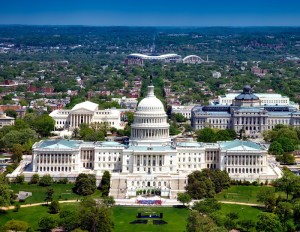
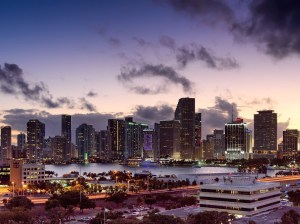

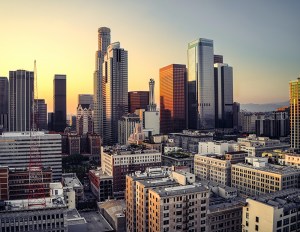
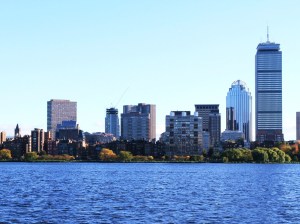
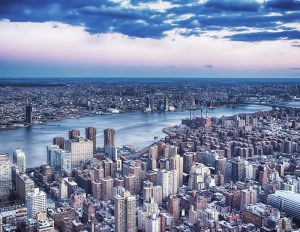





You must be logged in to post a comment.